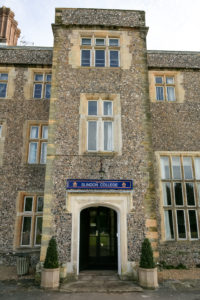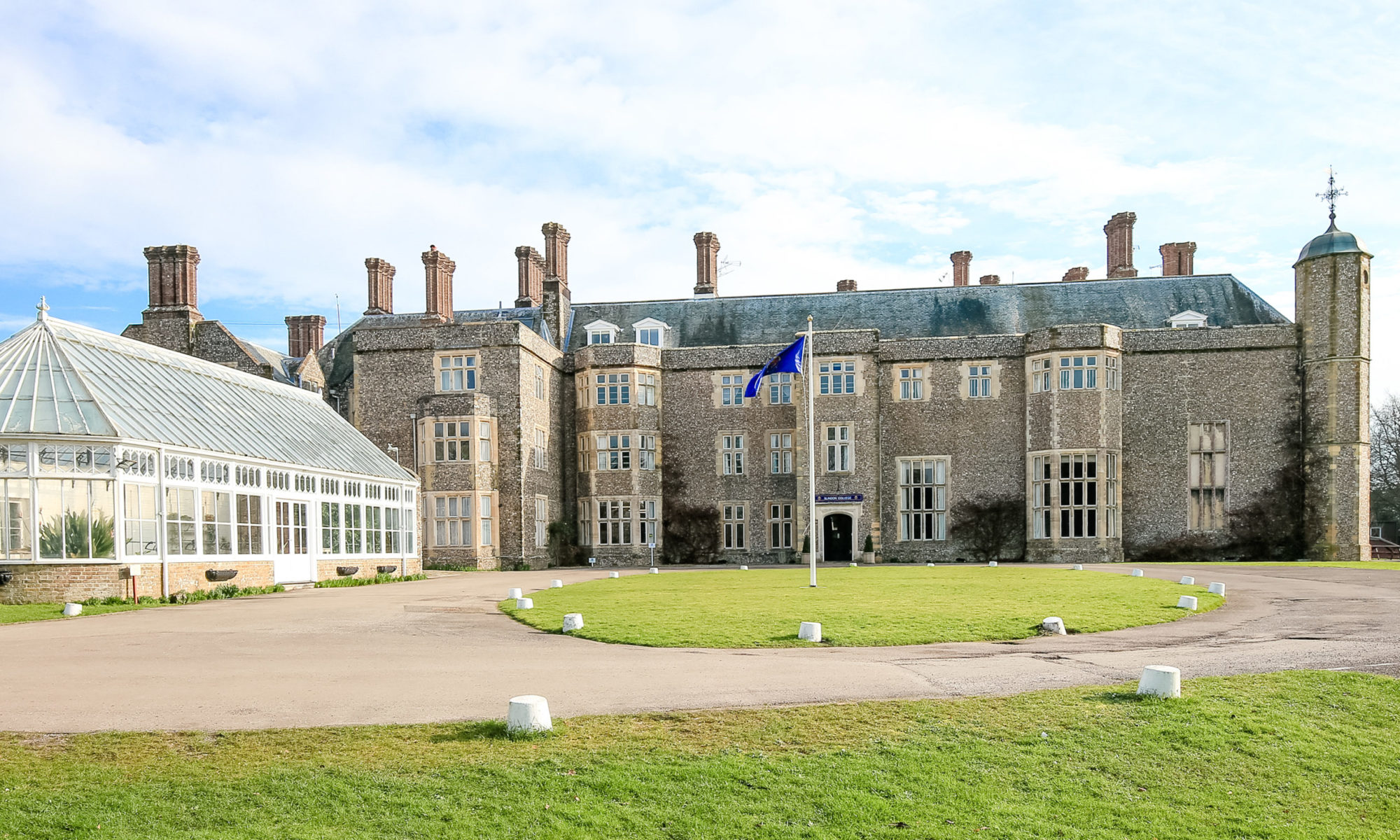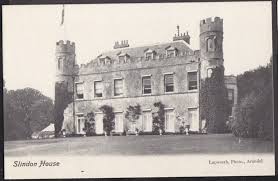


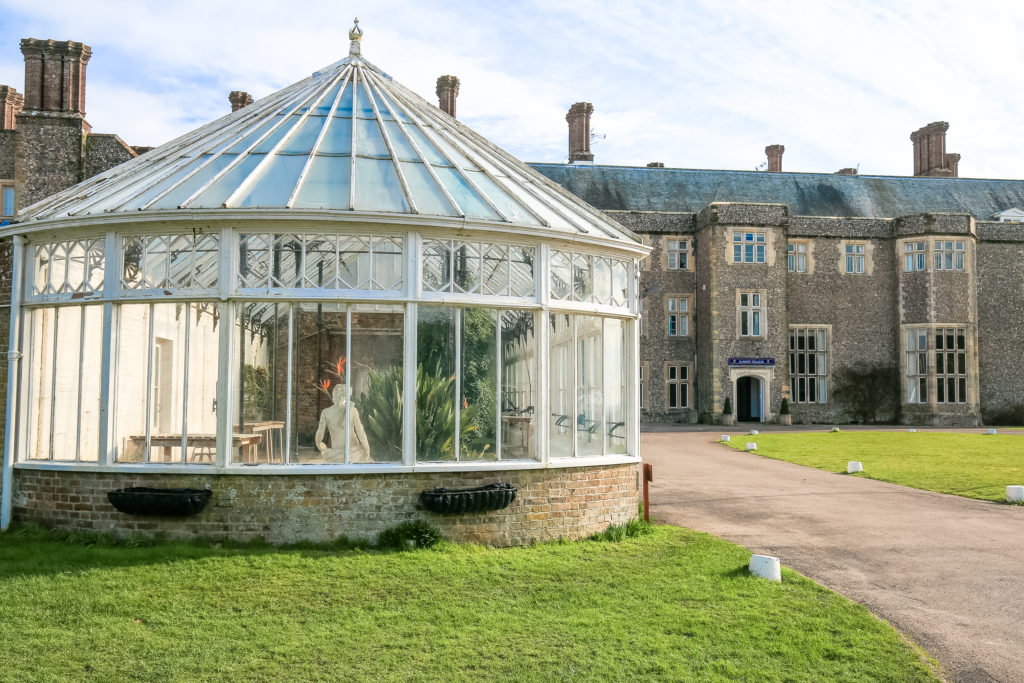
Slindon House grounds were originally the medieval Summer Palace of the Archbishop of Canterbury, Stephen Langton (c1150–1228) he attended the signing of the Magna Carta in 1215.
The current version of Slindon House we see today was constructed in the time of Queen Elizabeth I by the Kempe family, for over 300 years the house was resident to sheltering Catholics, during this time the Kemp family were given the title of Earl of Newburgh. In 1814 the Countess of Newburgh appointed herself guardian and benefactress of Slindon Village, she requested the construction of The Folly on Nore Hill.
The Folly was built around 1814 to provide work for villagers during the depression following the Napoleonic Wars and can be seen today from the upper floor windows of Slindon House It resembles a gateway that mysteriously leads nowhere.


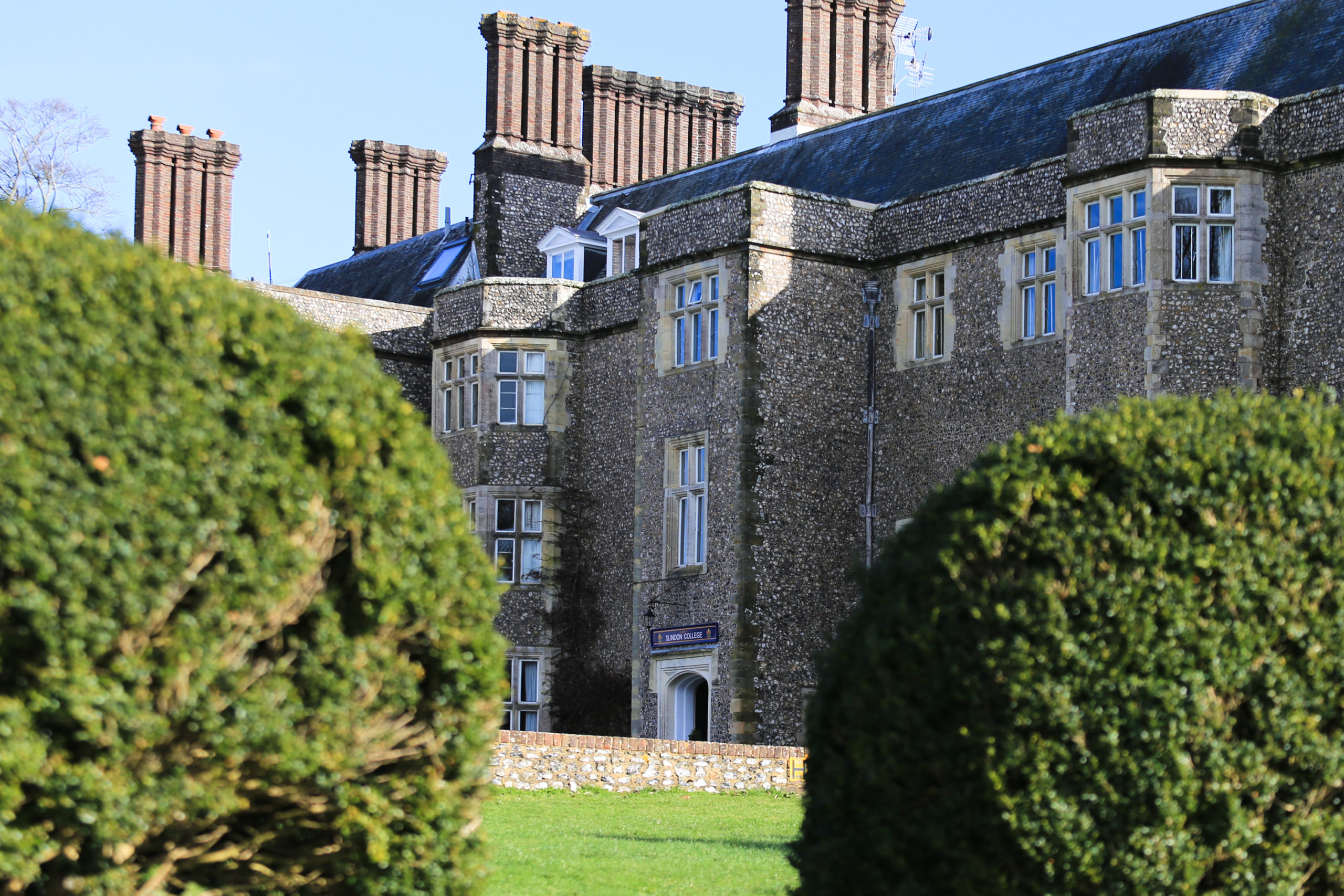
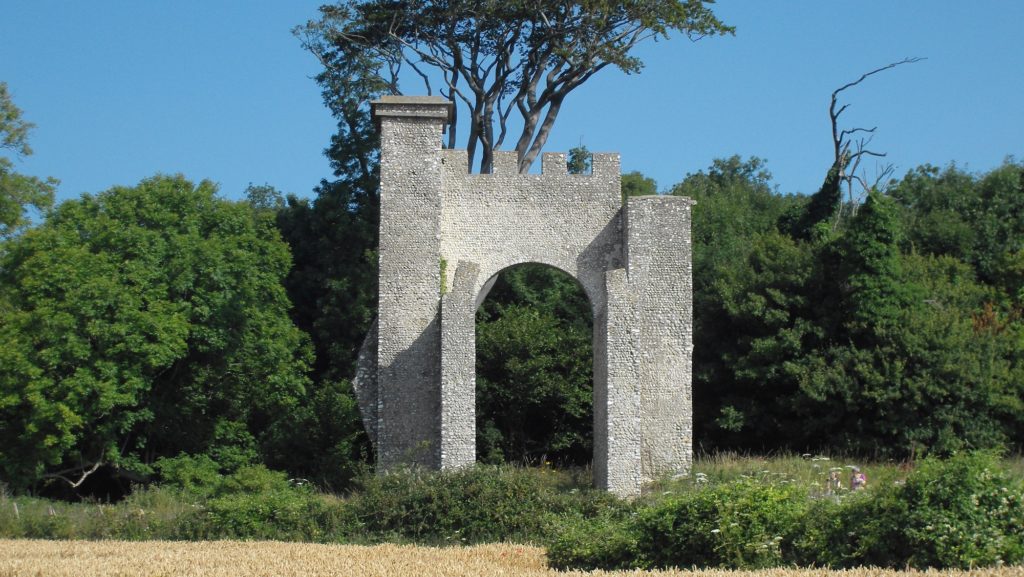
In 1861, following the death of the Countess, Slindon House passed to the Leslie Family, who were also Catholics. They funded the building of the church opposite the house in 1865, namely St Richards Church, after the 13th century Bishop of Chichester. In 1902 the Leslie family mysteriously disappeared.
In 1913, Slindon House and Estate was purchased by Mr F. Wootton-Isaacson, a wealthy London entrepreneur and a dressmaker for Queen Victoria. He purchased the house for his sister Violet, Lady Beaumont and made several alterations to the property to make it more Georgian in its appearance. When Lady Beaumont died, she bequeathed Slindon House, along with the surrounding parkland and beech woods, to the National Trust.
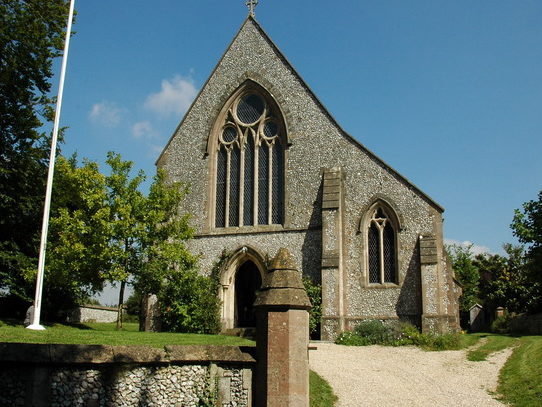
During the World Wars the house was used as a hospital, as was common with large estates during this time. Several remnants of World War II can be found in the basement today, scrawled writing and dates by former soldiers feature on the walls.
In 1956 Lindfield School was moved to Slindon House, it was renamed Slindon College in 1972 and is an independent day and boarding school for boys aged 8-18.
